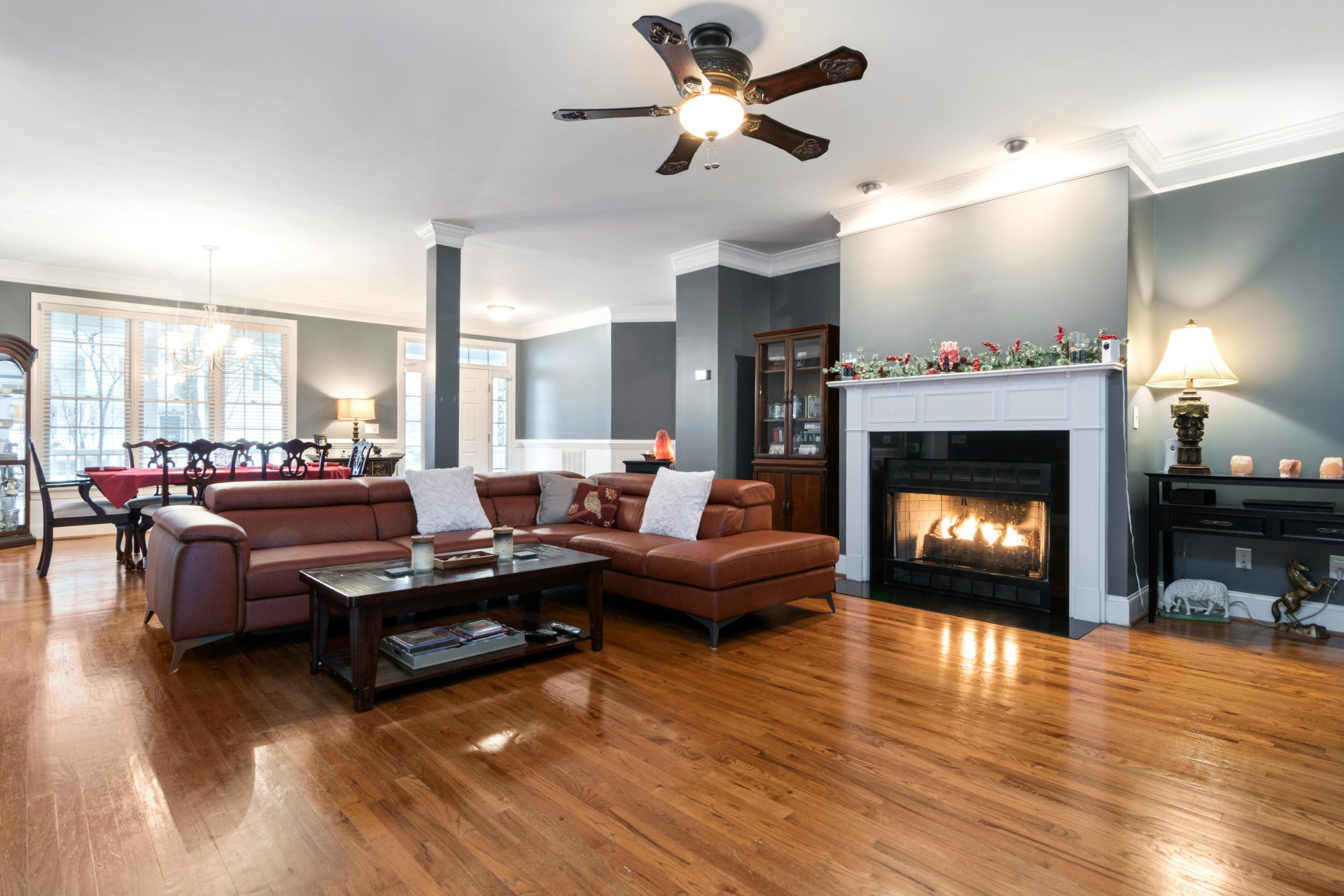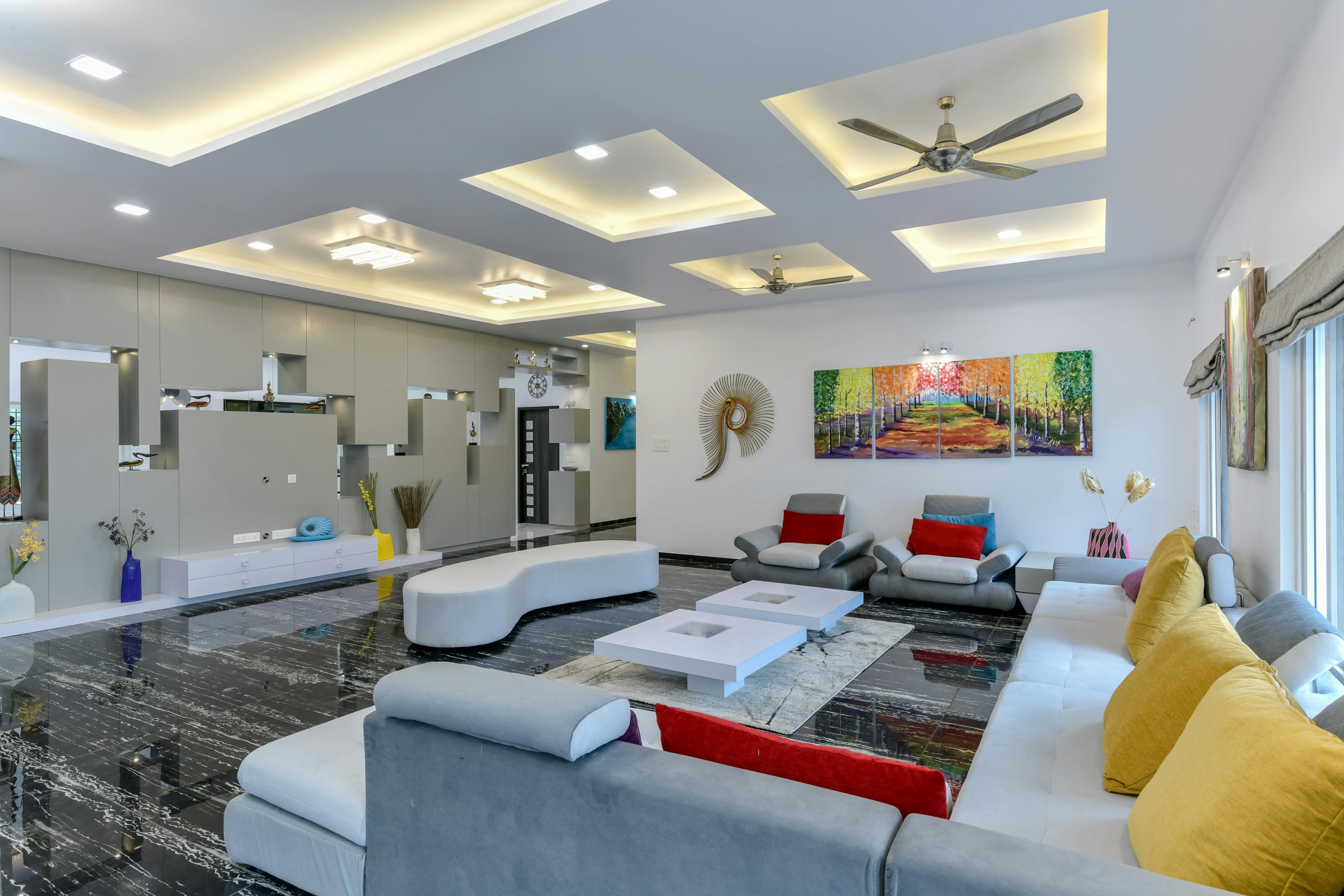Bringing the Outdoors In: Incorporating Biophilic Design Into your Home
Did you know? We spend 90% of our time indoors. Are you stunned by the number? Well, day by day, our connection with nature is slowly reducing. There are myriad factors responsible for this. As more and more individuals work-from-home today, getting out is more like an ardent task. Thankfully, with biophilic design coming into the picture, we can build our very own private oasis within our home which gives us time to relax, rejuvenate, unwind and live in perfect harmony with nature.
Biophilic interior design means incorporating nature into our indoor spaces. Beyond being an aesthetic choice, biophilic design inspires productivity and well-being. It reduces stress, boosts creativity and aids in creating a positive atmosphere. The term biophilia is often used interchangeably with biomimicry. However, they differ in intent. Biomimicry is all about mimicking the various processes of nature. It’s all about using sustainable materials, choosing nature colour palettes and integrating various shapes and forms.
The curriculum of most BSc in Interior Design courses includes biophilic design as a subject. Interior designers continue to use the colour green in furnishings to mimic nature. Also, wood is also heavily being used for furniture and walls.
Through this blog, we will cover a few ways through which you can incorporate nature-focused design into your interior space.
Biophilic Design: 5 Ways to Bring the Natural World into your Interior Design
Prioritise plants
Greenery is the heart and soul of biophilic design. Imagine waking up to a beautiful monstera plant next to you. Sounds beautiful, right? Having a plant in your bedroom or living room not just makes the space look pretty but also acts like a mood booster. If you’re a newbie, start with a low maintenance plant. Soon, you will start enjoying the process of nurturing your plant babies and you can proudly call yourself a plant parent. If not a potted plant, you can even line your staircase with greenery or incorporate a vertical garden or living wall in your home. You will realise that the air around is much purer with indoor plants.
Maximise natural light
Biophilic interior design rides high on natural light. Vitamin D, also referred to as the sunshine vitamin, is important if you want to bring yourself close to nature. You can even create a skylight roof to allow more light into your space. Eliminate any obstructions that are blocking natural light from entering your home. For this reason, sheers are preferred over heavy drapes in modern interior design.
Decorate with natural elements
Putting more plants in your home or letting more natural light in are low-cost ways of incorporating biophilic design. However, if you really want to go an extra mile and literally live amidst nature, you can do so by ensuring the furniture in your home is made from natural materials. A few materials you can go in for are wood, timber, cork, stone, rattan and organic cotton. Besides furniture, you can use these natural materials on kitchen countertops, floors, home décor, and more. Though choosing these materials might be a bit expensive. However, the benefits in the long-run are worth considering. You can even enhance the depth of your space by using various textures. For furnishings, use natural and organic tones which give you a feeling that you’re living in harmony with nature.
Create an indoor-outdoor connection
If you live in a bungalow, consider installing a sliding door in your living room so that you can enhance your connection with nature. Each time you feel, you need a breath of fresh air, you can just slide it open. Connecting indoor and outdoor living areas creates an easy flow of air. If your bedroom has a balcony, convert it into a private area where you can relax. Hang a few potted plants, place a swing, a mirror or anything that brings you close to nature. This will make nature an intentional part of your home décor. You can leave the door open to listen to the sounds of rain, the birds chirping or to simply let some fresh air in.
Hang nature-inspired paintings
Another way of embracing nature is hanging nature-inspired paintings in your home. Think abstract art, flowers or a single leaf. Biophilic design in itself establishes a strong link between creativity and art. A few artists even create art using natural materials such as rocks, twigs, leaves and branches. Artwork makes nature an integral part of your interior narrative.
Biophilic Design: The Present and the Future
The future of biophilic design looks promising as millennials and Gen Z are passionate about bringing outdoors in their home. They want to use biophilic design in every corner of their home to bring a sense of calmness to their space and improve productivity. The key principles of biophilic design include natural patterns, shapes, light, and environment. If you too want to learn the latest interior design trends, consider pursuing a bachelor’s, masters or diploma in interior design from an interior design college in Bangalore. Vogue Institute of Art and Design offers the best curriculum formulated by industry stalwarts.




